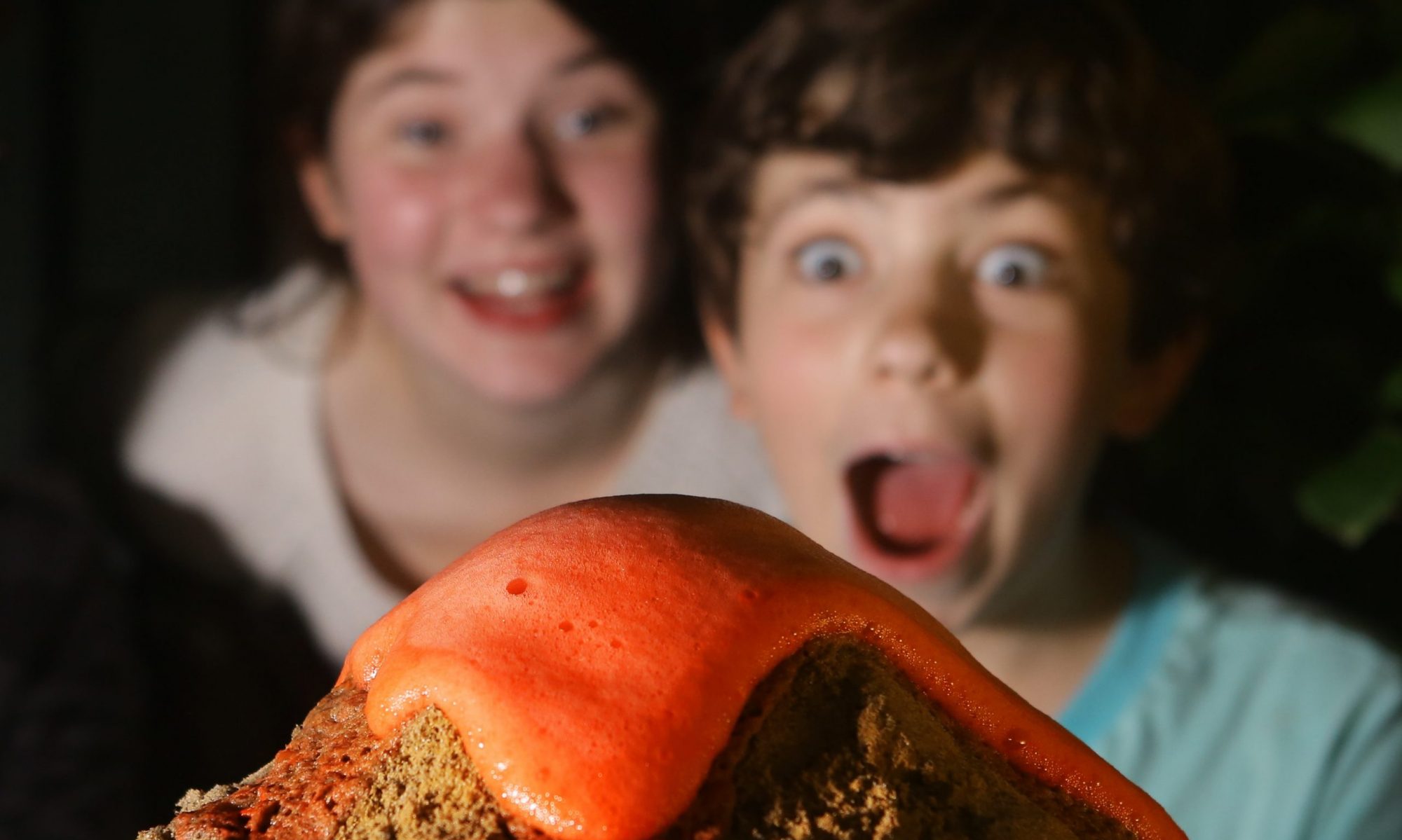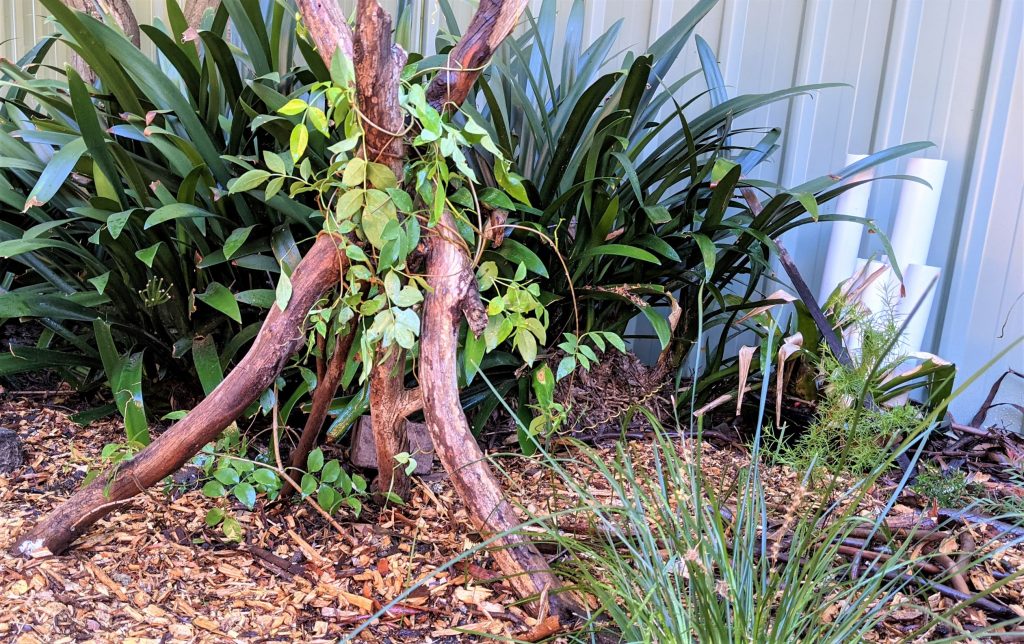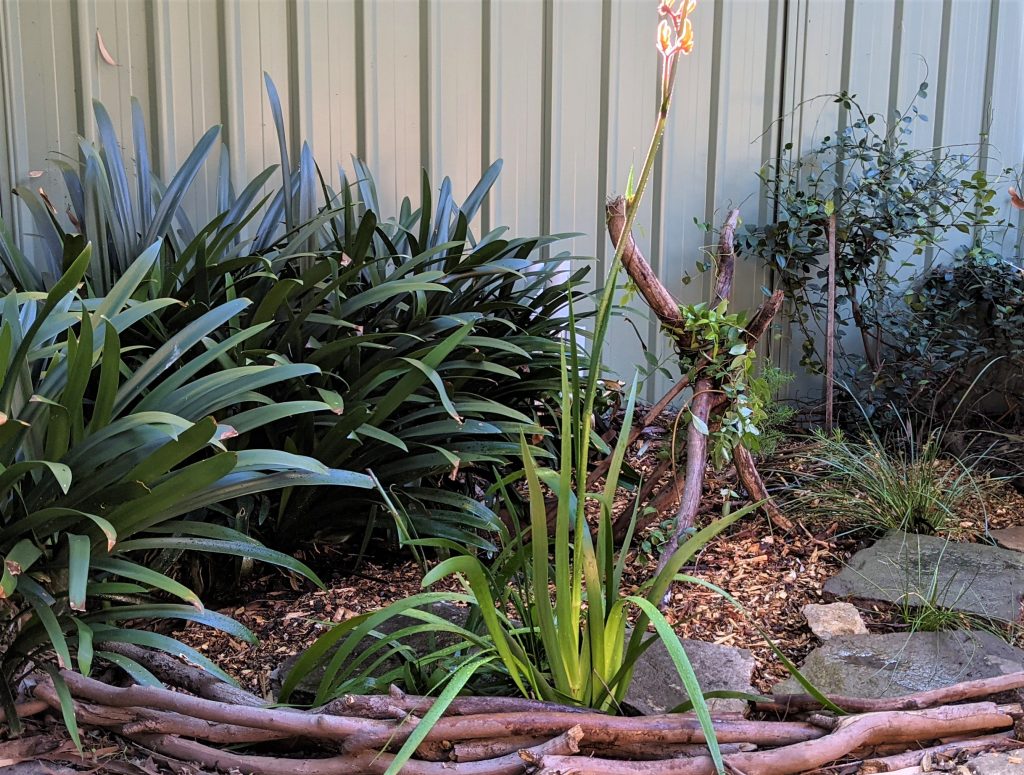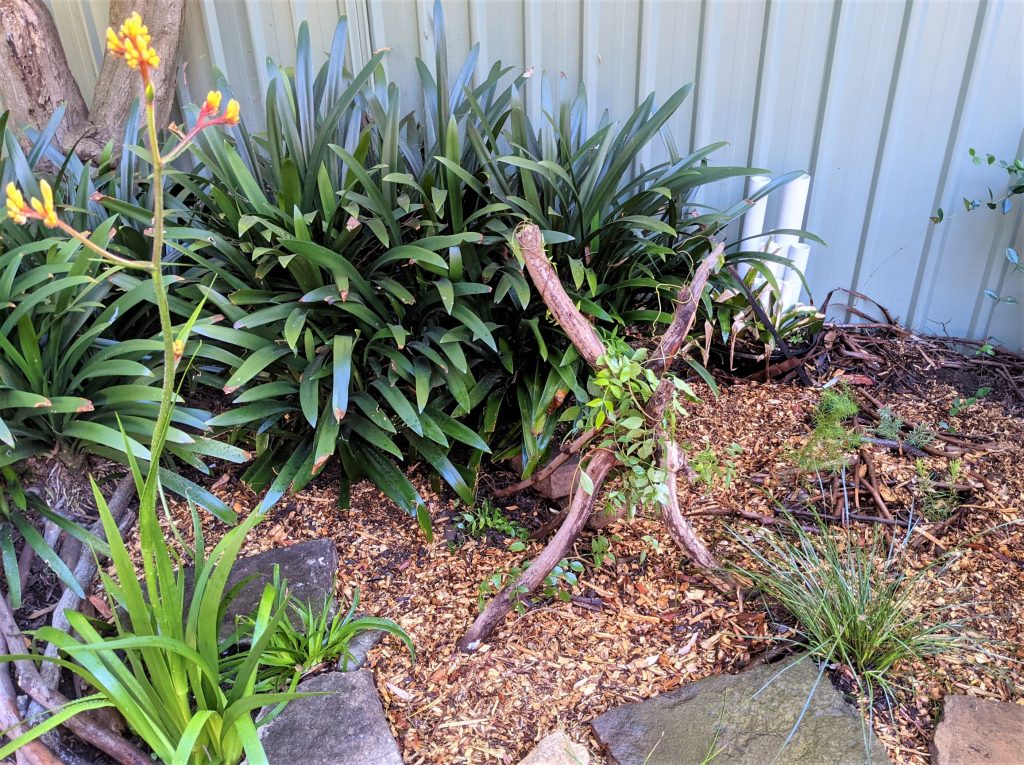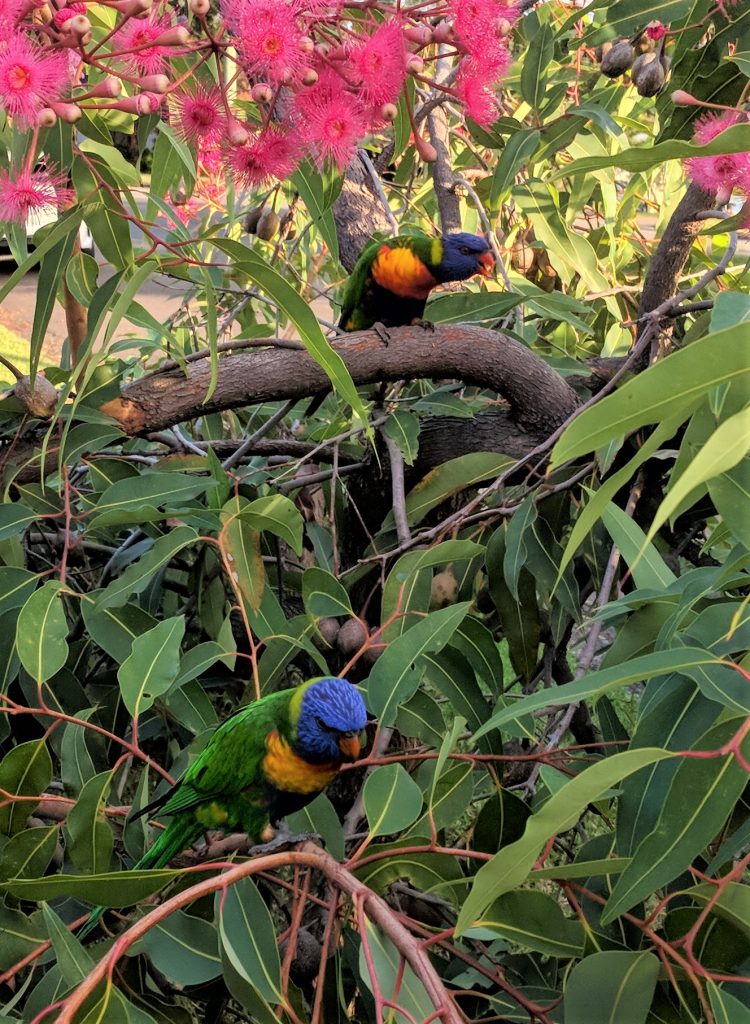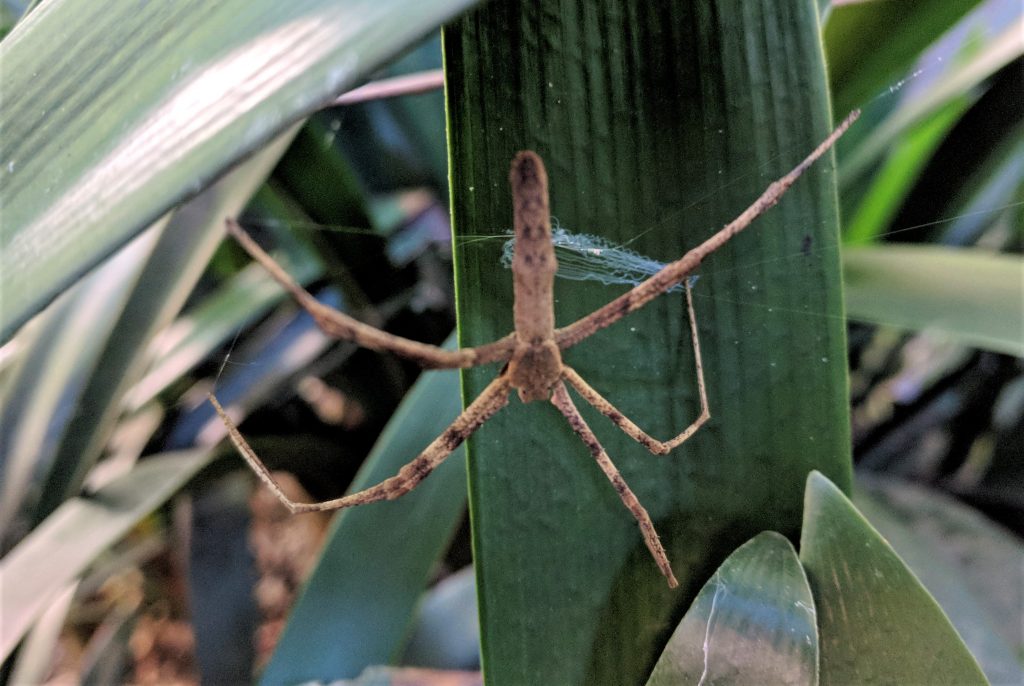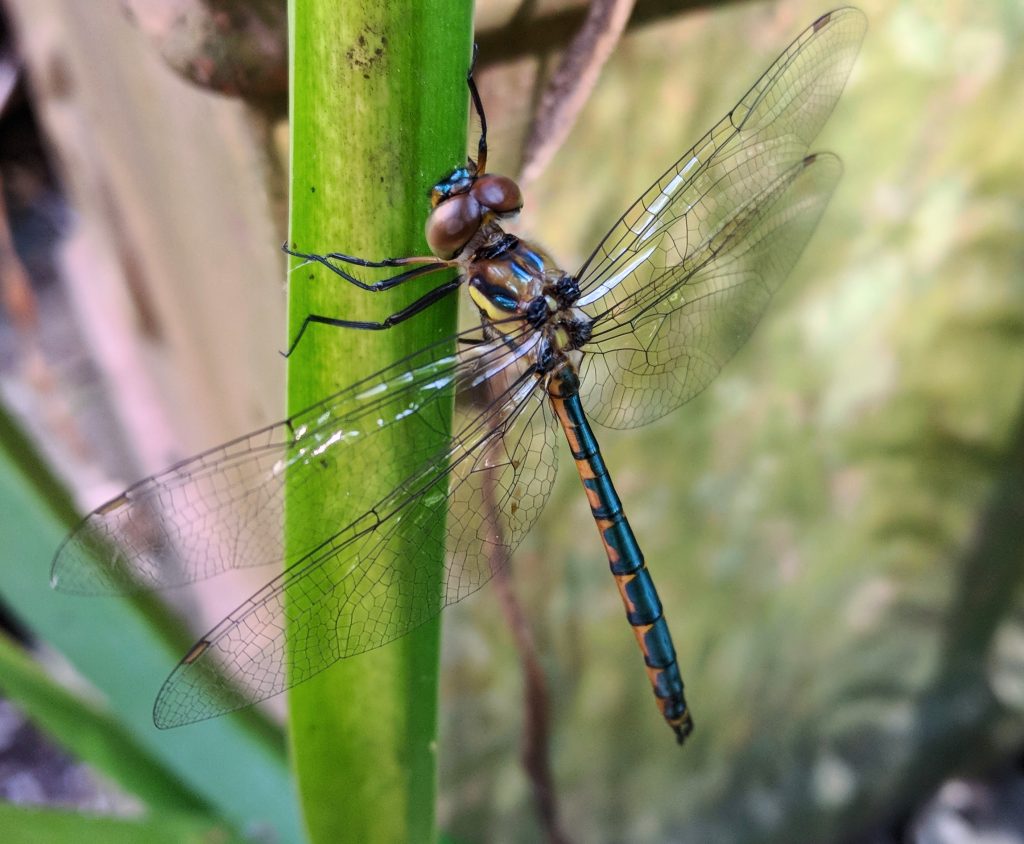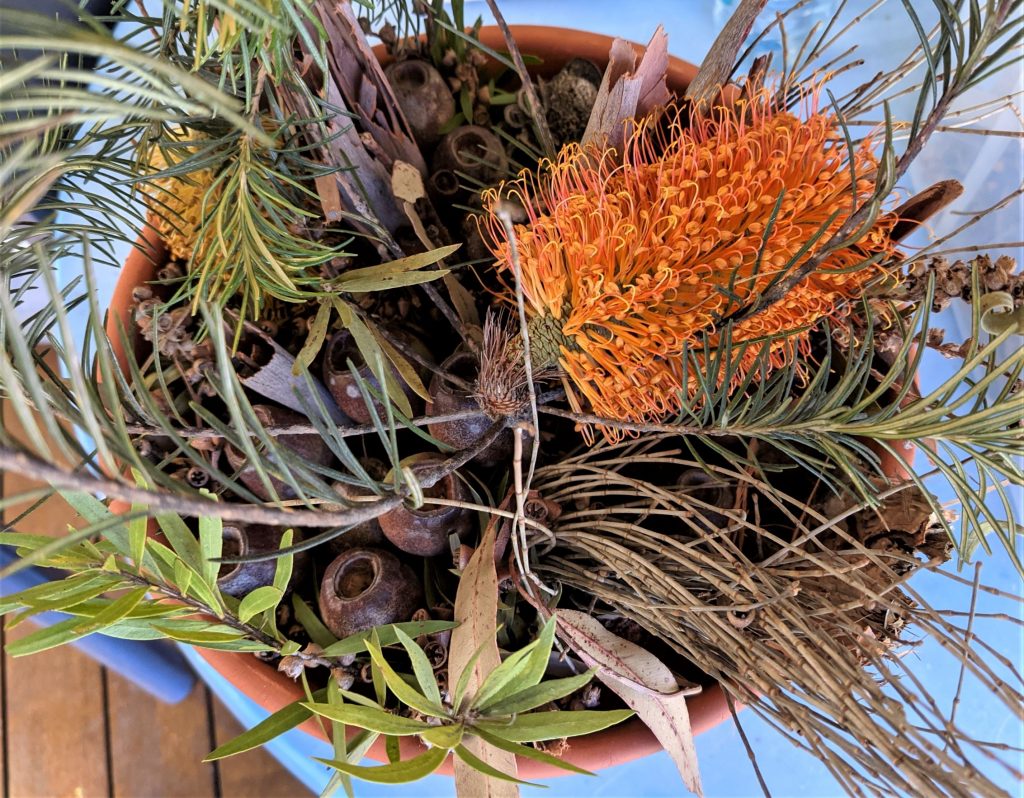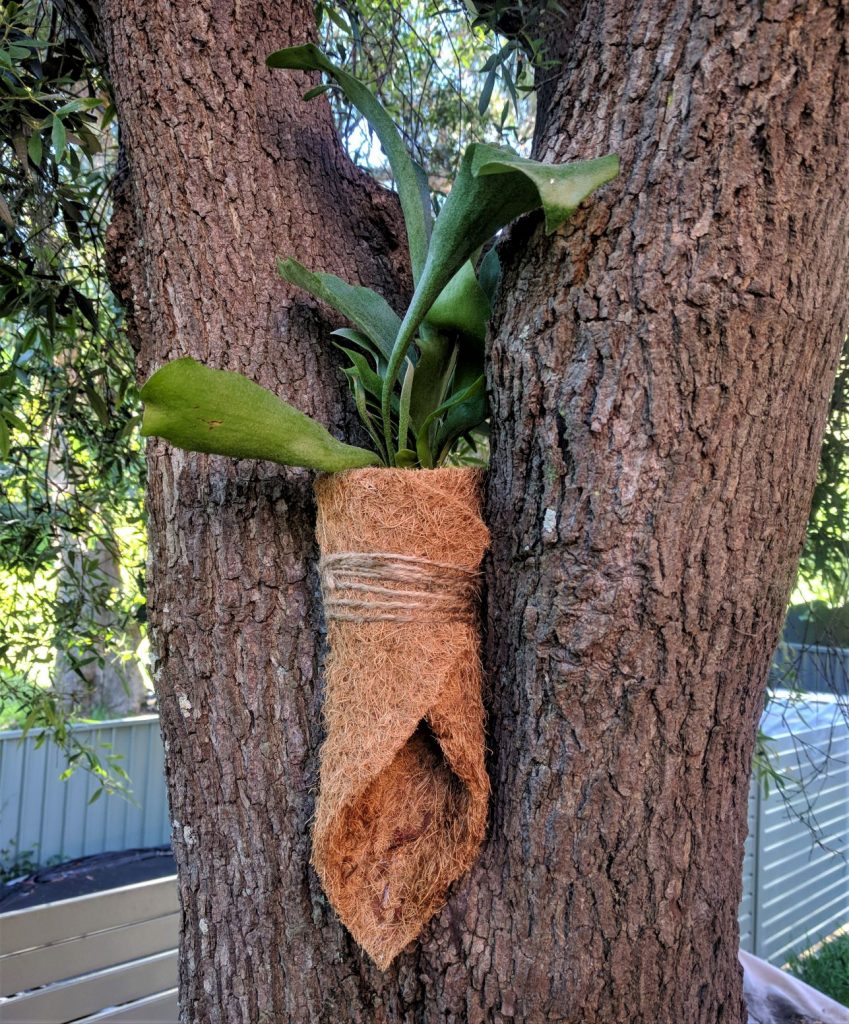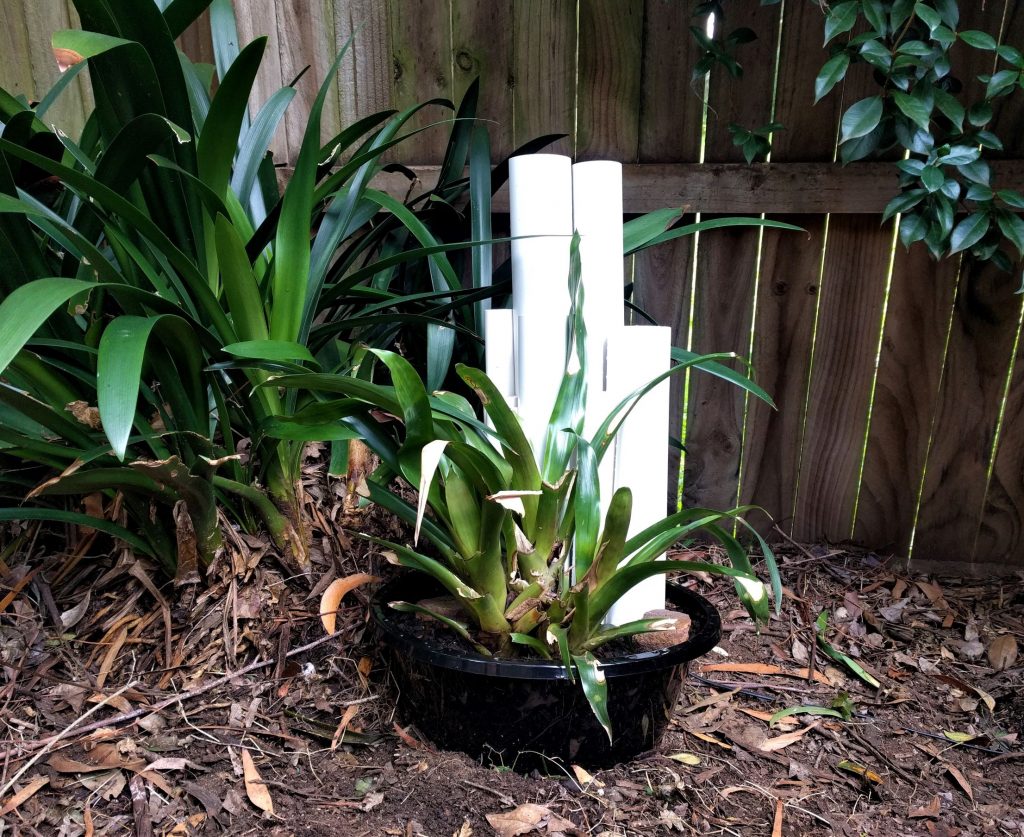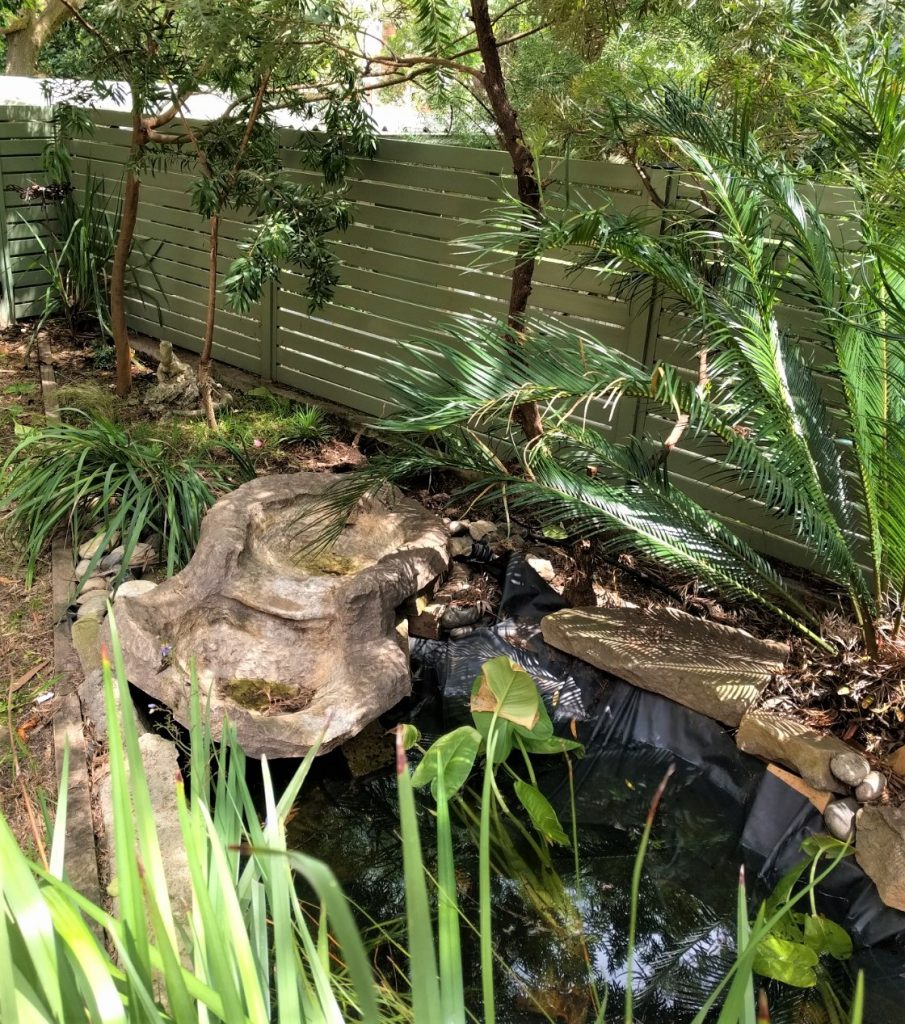Autumn is a great time to start planting your garden. The soil is still warm enough to encourage root growth and weather is mild reducing water stress. Young plants have a better chance to settle in and become established before summer heat arrives. I’ve been working on the garden below for a while and took the opportunity during the cooler weather to add new plants, mulch and do some landscaping.
I helped write some programs on Creating a Wildlife Habitat for the Junior Landcare Learning Centre. This 5 part program can help you plan and plant a wildlife habitat at your school, home or local area.
Creating a native wildlife habitat is a great way to ensure the protection of native wildlife, from the smallest insects to birds, reptiles, mammals and frogs.
Projects and Grants
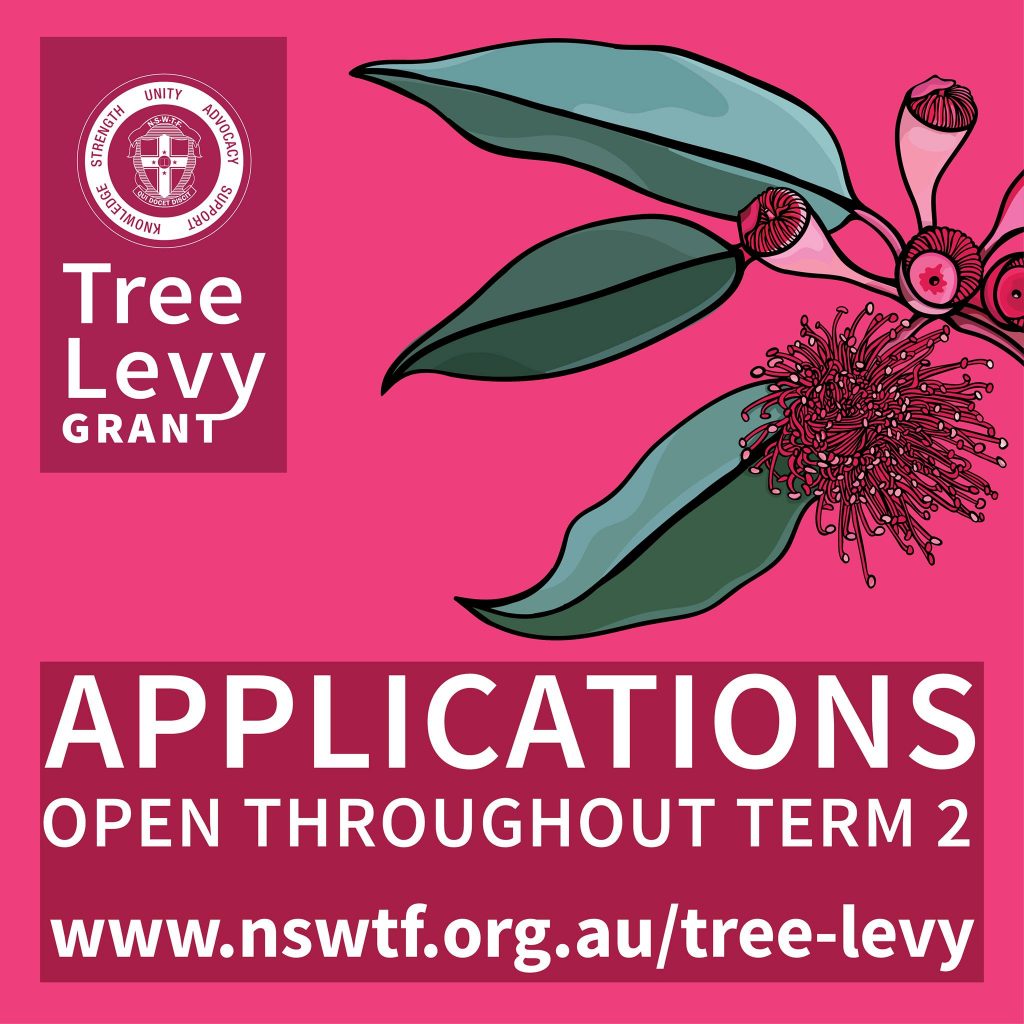
NSW Schools are now invited to apply for a grant of up to $600 to purchase native trees and shrubs. The Tree Levy is an annual grants scheme funded by Federation to offset the environmental impact of the union’s activities.
If you are in Sydney you can register for the Cooling the Schools project through Greening Australia.
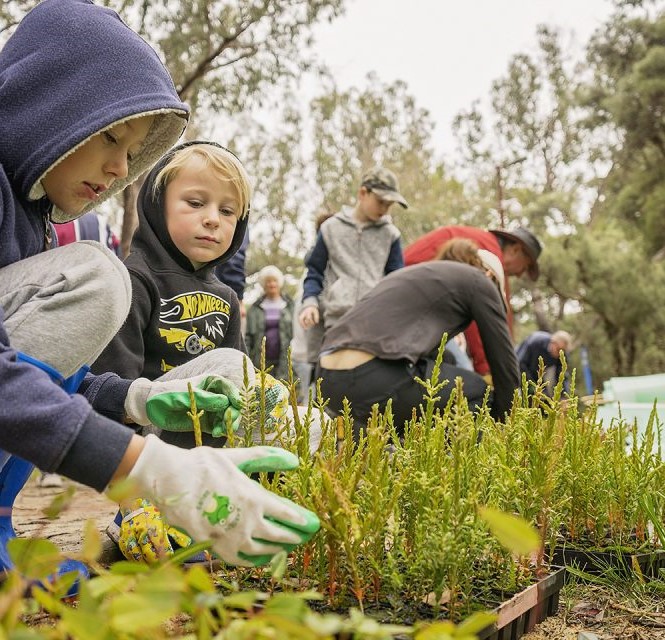
Cooling the Schools: Creating cooler and greener schools where children and nature thrive
We are working with students to add thousands of plants to community spaces and schools across Greater Sydney.
Incorporate existing features into your wildlife habitat design, including established trees, rainwater tanks and ponds. Make sustainable choices by using what you’ve already got.
Don’t forget to include plenty of spaces for animals to hide.
Attracting wildlife to you backyard
Attracting birds to your backyard
Attract birds to your backyard by creating a garden that will provide food, shelter and nesting materials and sites. Local flowering plants and fruit trees provide birds with nectar and seeds. To provide birds with some protein rich food, use mulch to encourage worms, insects and grubs to thrive. Plant dense prickly native shrubs for shelter, hang up nesting boxes and install a bird bath.
Create a frogs friendly backyard
Encourage frogs to come to live and breed in your backyard. Create a small shallow pond in an area that is partly shaded. Include thick ground hugging plants around part of the pond to provide areas of warmer and cooler water. Your pond will need some sunlight to encourage algae and other plants that provide food for tadpoles. Make sure the banks slope gently so that the frogs can get out. Add some rocks and logs to provide shelter for adult frogs.
Minibeasts in your backyard
Not all bugs are pests. Good bugs pollinate plants, break down dead flora and fauna, aerate the soil and provide for other wildlife. They can even help keep harmful pests away. Create an inviting environment for good bugs by planting plenty of native plants, wildflowers and herbs and use chemical-free pest control when the pests do creep in.

